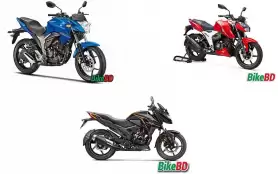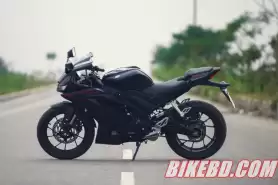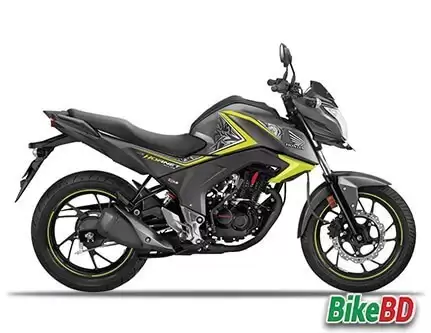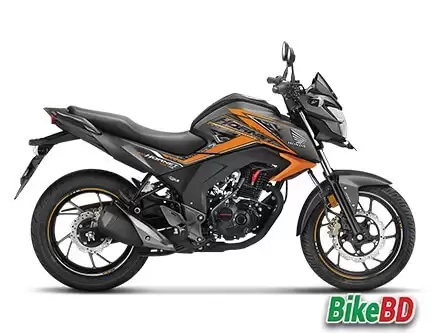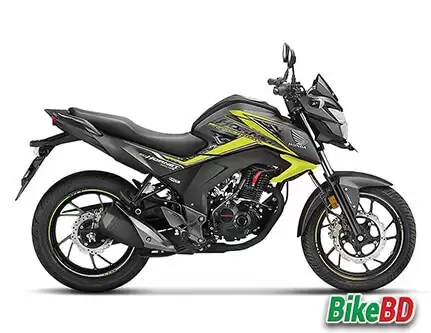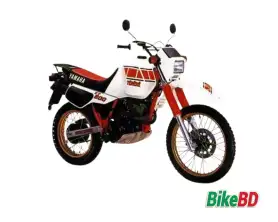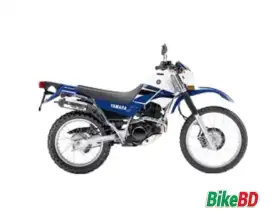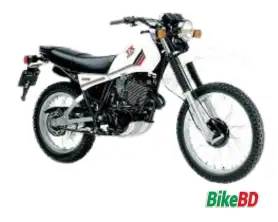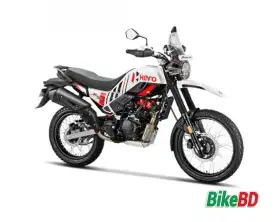Shares 2
How To Use Motorcycle Brakes?
Last updated on 12-Jan-2025 , By Shuvo
How To Use Motorcycle Brakes?
In this article, we are going back to the basics - How To Use Motorcycle Brakes?. Whether you are an expert motorcyclist or a beginner, you might still have one or two questions regarding proper and safe braking. Even if you don't have any questions, there might be an error in the way you are currently applying your brakes. And since brakes are the only devices that can help you evade an accident even in the last second, you might as well clear up your confusions. So read on!
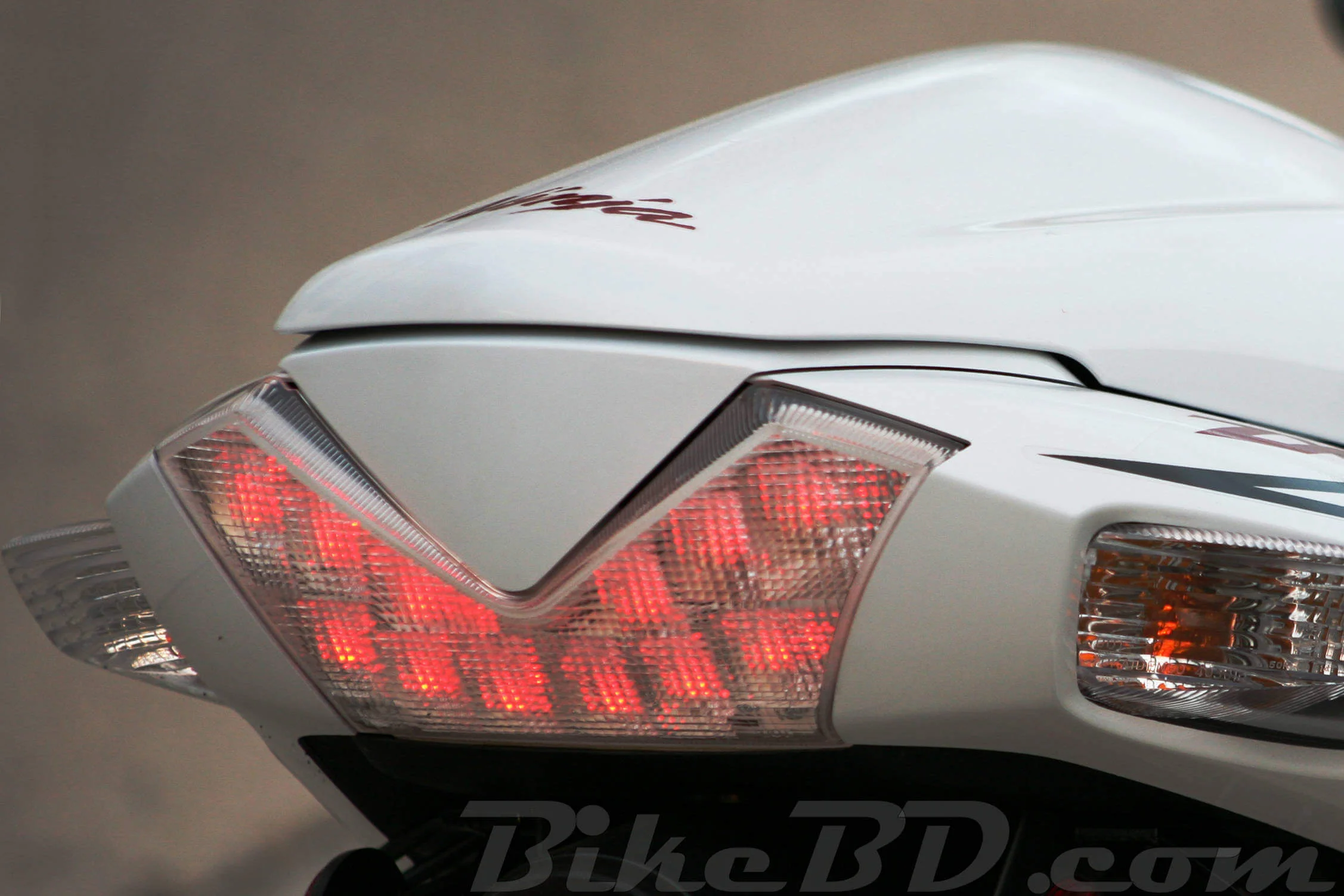
If you aren't completely ignorant about your beautiful motorcycle, you probably know by now that your bike has two brakes one for the front wheel and one for the rear. The front wheel brake can be controlled using the hand lever on the right grip and the rear wheel using the right foot pedal. So should you use only one, or both?
Also Read: What To Wear In Winter As A Motorcycle Driver?
Well, when your bike is slowing down, the weight balance is shifted from the rear wheel to the front wheel. As a result, your front wheel has to manage most it. When there is not much down force on the rear wheel, it is effortless to lockup and slide that wheel, and as a result you slip. But, the front wheel has a lower probability to slip because of the weight that it gains. But which brake should you use ultimately depends on the combination of your skills and the situation. Research suggests that 70% of the force should go to your front wheel, and the rest on your rear.
But this does not mean you will always use the above ratio to break your bike. The ratio may also vary from bike to bike. Dirt bikes do not need the front wheel brake much, whereas sport bikes can put up with a greater front braking force. Cruisers and choppers on the other hand put up more with the rear wheel brake. So you see, how you brake also depends on your bike make and shape.

KNOW your bike. Experiment with it. It is best that you practice braking in a vacant area. Make frequent stops using each brake, and then a blend of both to understand your bike and your own comfort zone. Imagine an emergency situation, and brake accordingly. This may help develop your reaction time. With more practice, you will gradually be able to feel the weight and the transfer, as a result attaining the conception of how to use the brakes at the required moment. You will also learn the required force you need to come to a halt, and the fact that using too much force on your front wheel may lift up your rear, and too much on your rear may result in a slip.
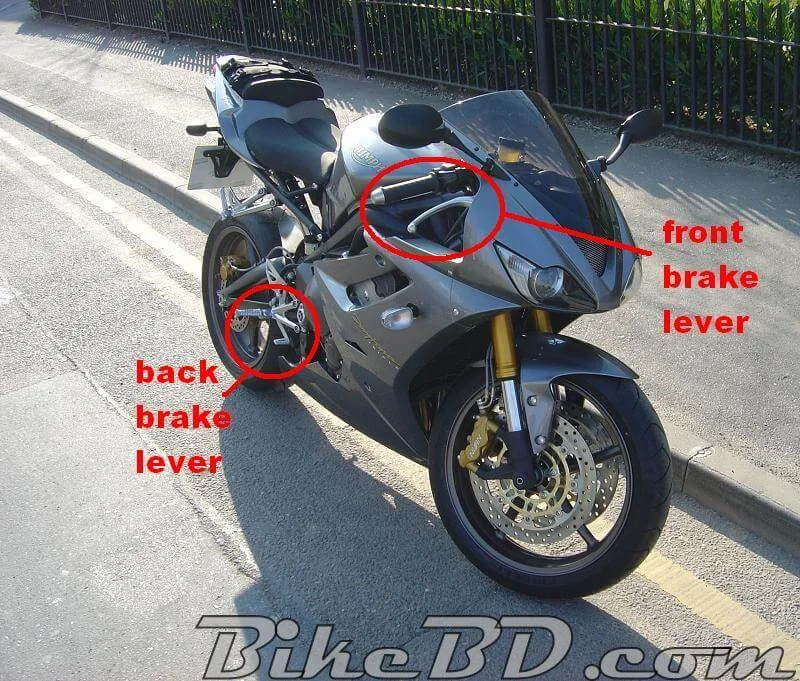
Many of you may have an addiction of watching bike races, and if you ever have, you will have noticed that while racers turn a curve, they tend to lean (sometimes almost touching the ground surface). Well, you may also have noticed that many a times this act does not go according to plan and result in dangerous accidents. What can go wrong? A lot, actually. Your wheels will respond more to your demands as long as they are upright. As you lean, the contact surface decreases and as a result the contact force decreases. The friction, in turn, also decreases.
This may ultimately lead to a skid. And then maybe a trip to the hospital. But of course you don't want that. Whether you are racing or not, when turning a curve, bikers do tend to lean even a little bit. Since your tires are least effective in braking when not upright, it is suggested that you brake slightly before you reach the curve and lean. Do your braking before your leaning.
Click Here: Details About Disc Brakes Vs Drum Brakes System
Since friction is dependent on the road surface, the road condition will also affect your braking. If you aren't sure about the force you need due to the surface, go easy on the front. Locking up your front is riskier than locking up your rear. Remain alert at all times. If unsure, go slow, apply less force.
Braking is not exactly a calculation, but more like a speculation. To master this art, you need to be observant and learn to think quickly so quick that your reactions are more involuntary than intentional. The thinking distance always affects the braking distance. Try to ride at a steady speed as well. The higher the speed, the harder it becomes to brake immediately.
Hope this article will help you to know about How To Use Motorcycle Brakes? Ride safe, be safe!
T
Published by Shuvo



